Bat Conservation International Bats Magazine

the Pacific Coast
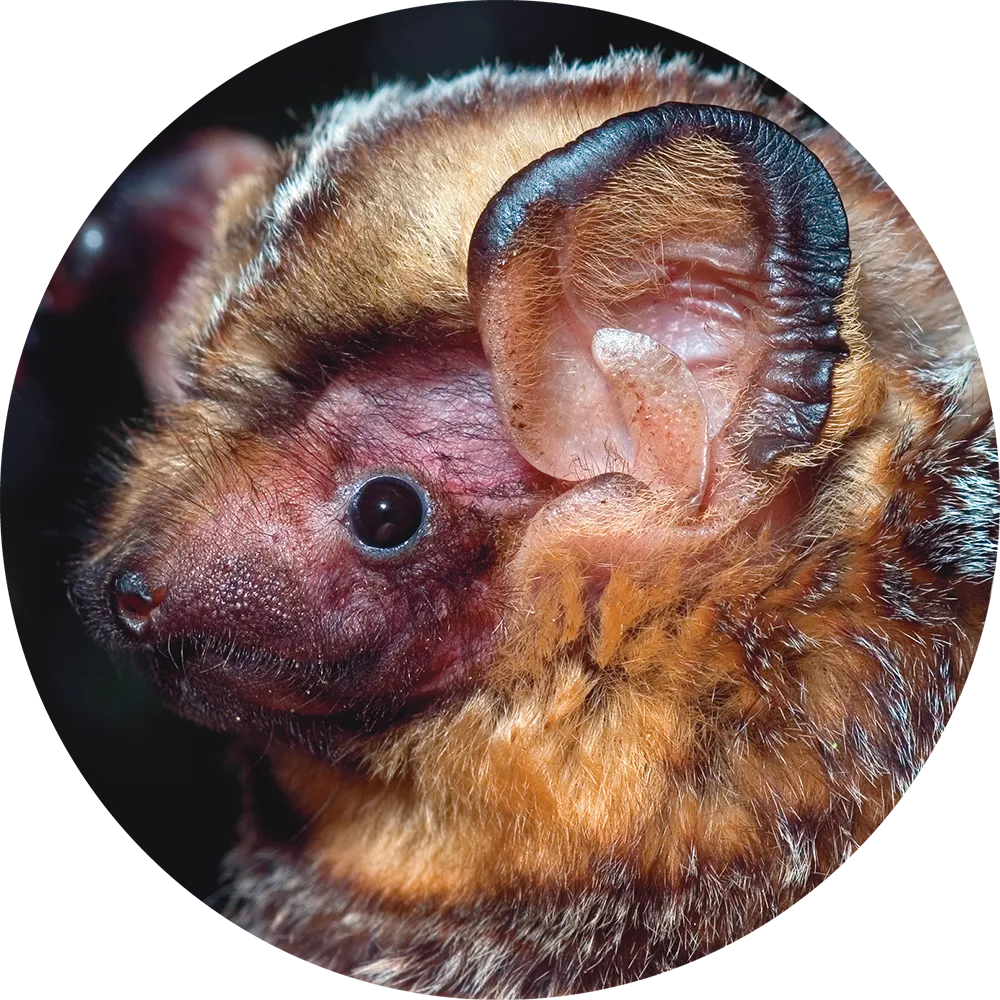

Inside this Issue

Features
Departments
news & updates
- Post-fire habitats in the Gila National Forest
- Saving Brazilian free-tailed bats
- Big win for Florida bonneted bats
- BCI and Zoo Miami in “Ten Stories of Hope”
- BCI and USFWS partner on MENTOR-Bat Program
- Hotel shares wonders of Utah bats
- Genetic analysis at Chicago’s Field Museum
- Supporting bat mural projects

BCI worked with Saildrone and other partners to use innovative technology to record bat sounds off the coast of California.
Image: Courtesy of Saildrone and (inset bat) Michael Durham/Minden Pictures


What Success Looks Like
After three years of executing our highest priority campaign—sharing our research with decision-makers, partnering with local communities to raise our voices, and filing court challenges against the misguided development plans— we are now celebrating a monumental victory. Miami Wilds’ lease agreement with Miami-Dade County has officially been rescinded.
Masthead

500 North Capital of Texas Highway, Building 1
Austin, TX 78746
512.327.9721
Kristen Pope
Javier Folgar
Michelle Donahue / Proofreader
Publication Management GLC, part of Unlock Health
Bats Magazine welcomes queries from writers. Send your article proposal in a brief outline form and a description of any photos, charts, or other graphics to the Editor at pubs@batcon.org.
Chair
Dr. Andrew Sansom,
Vice Chair
Eileen Arbues, Secretary
Dr. Gerald Carter
Gary Dreyzin
Ann George
Danielle Gustafson
Dr. Shahroukh Mistry
Sandy Read
Dr. Nancy Simmons
Jenn Stephens
Dr. Enrico Bernard
Dr. Sara Bumrungsri
Dr. Gerald Carter
Dr. Liliana Dávalos
Dr. Brock Fenton
Dr. Tigga Kingston
Dr. Stuart Parsons
Dr. Paul Racey
Dr. Danilo Russo
Dr. Nancy Simmons
Dr. Paul Webala
Mike Daulton, Executive Director
Mylea Bayless, Chief of Strategic Partnerships
Dr. Winifred Frick, Chief Scientist
Michael Nakamoto, Chief Operations Officer
Kevin Pierson, Chief of Conservation and Global Strategy
Visit BCI’s website at batcon.org and the following social media sites:


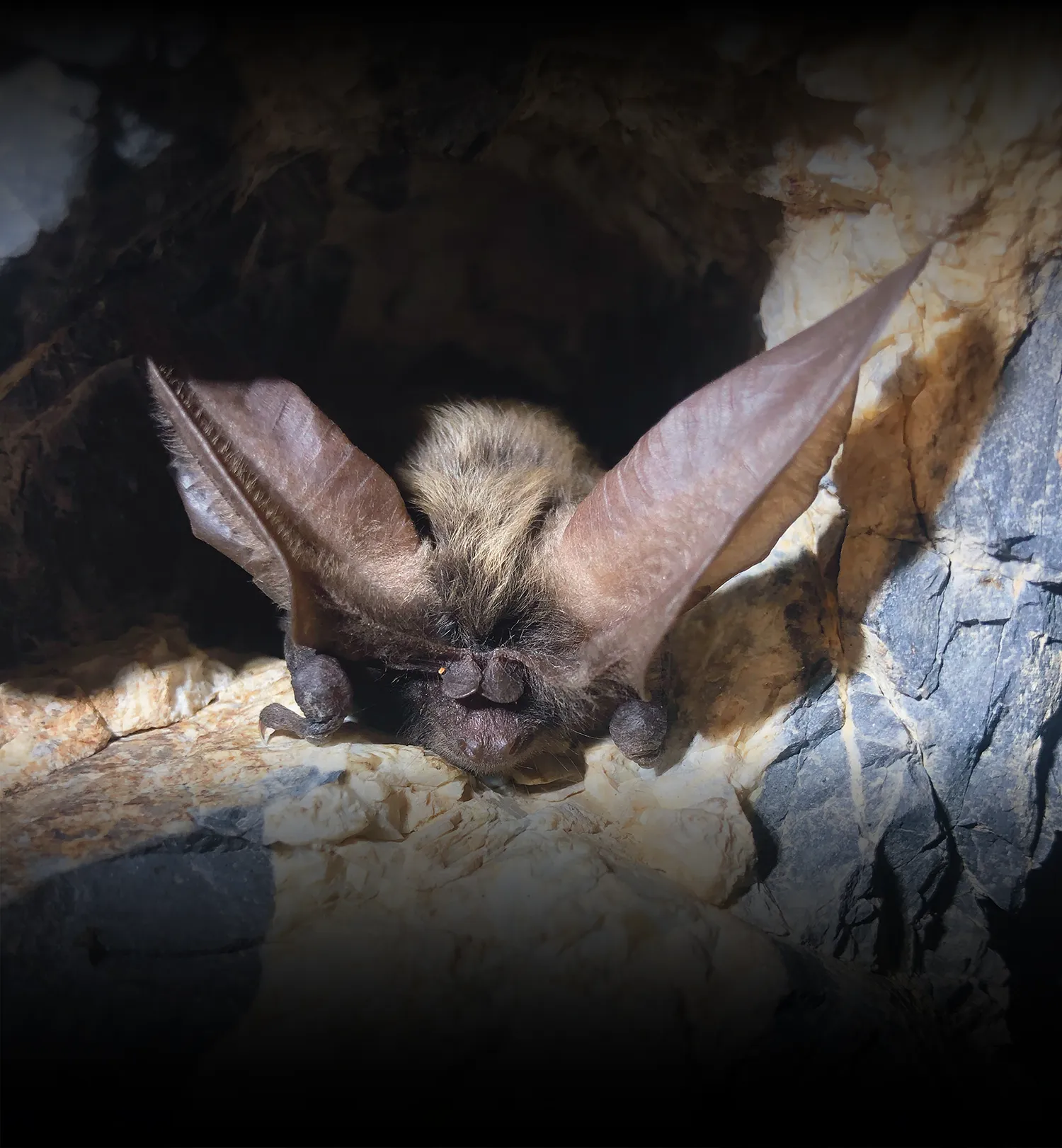
Boosting Habitat Post-Fire in the Gila National Forest
BCI recently signed a multi-year agreement with federal partners to restore this area and help this landscape recover. BCI’s Habitat Protection and Restoration Program is working to help make the Gila National Forest more resilient to future events by inventorying, surveying, and implementing restoration projects to build watershed and forest resilience after the fire.
Bat Signals
batsignals

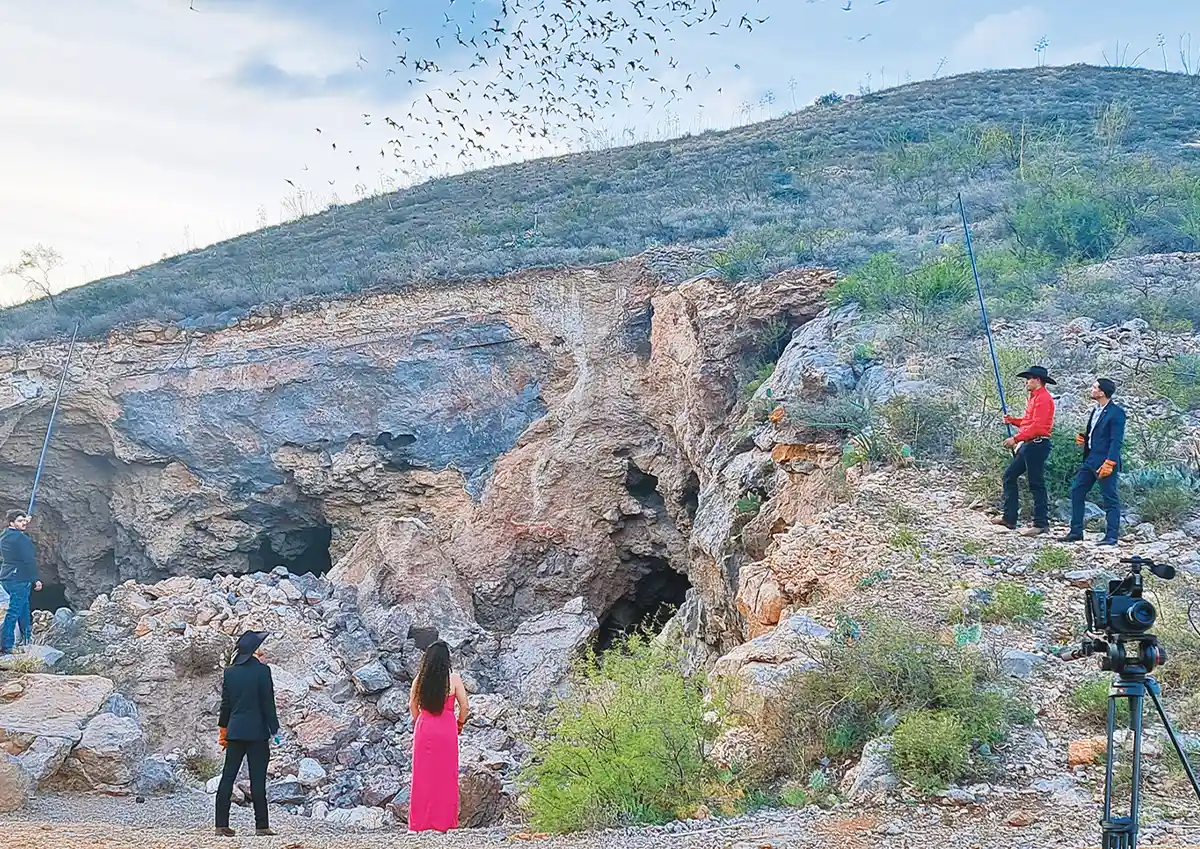
Partnership to Protect 7 million bats in Chihuahua
The October 2023 signing ceremony boosted local efforts by Sergio Luévano, a university professor, and his team, who worked tirelessly to monitor the site and protect it as a priority site for bat conservation. At the ceremony, the university’s president even had the opportunity to hold and release his first bat.



Large Flying Fox
he large flying fox (Pteropus vampyrus) is one of the world’s largest bat species, with a wingspan reaching more than five feet. Unfortunately, it’s also one of the most endangered, having disappeared from much of its historic range at an alarming rate in recent decades.
Originally found throughout much of Southeast Asia, the population decline of this species has occurred without attracting much attention, says Malaysian conservation ecologist Sheema Abdul Aziz, Ph.D., who began studying the large flying fox on the Malay Peninsula after she realized that it had become increasingly scarce. “Because it’s been historically recorded as being so widespread, it was never really considered to be under high threat, yet within the space of just one human generation, it went from being extremely common to suddenly becoming rare,” she says.
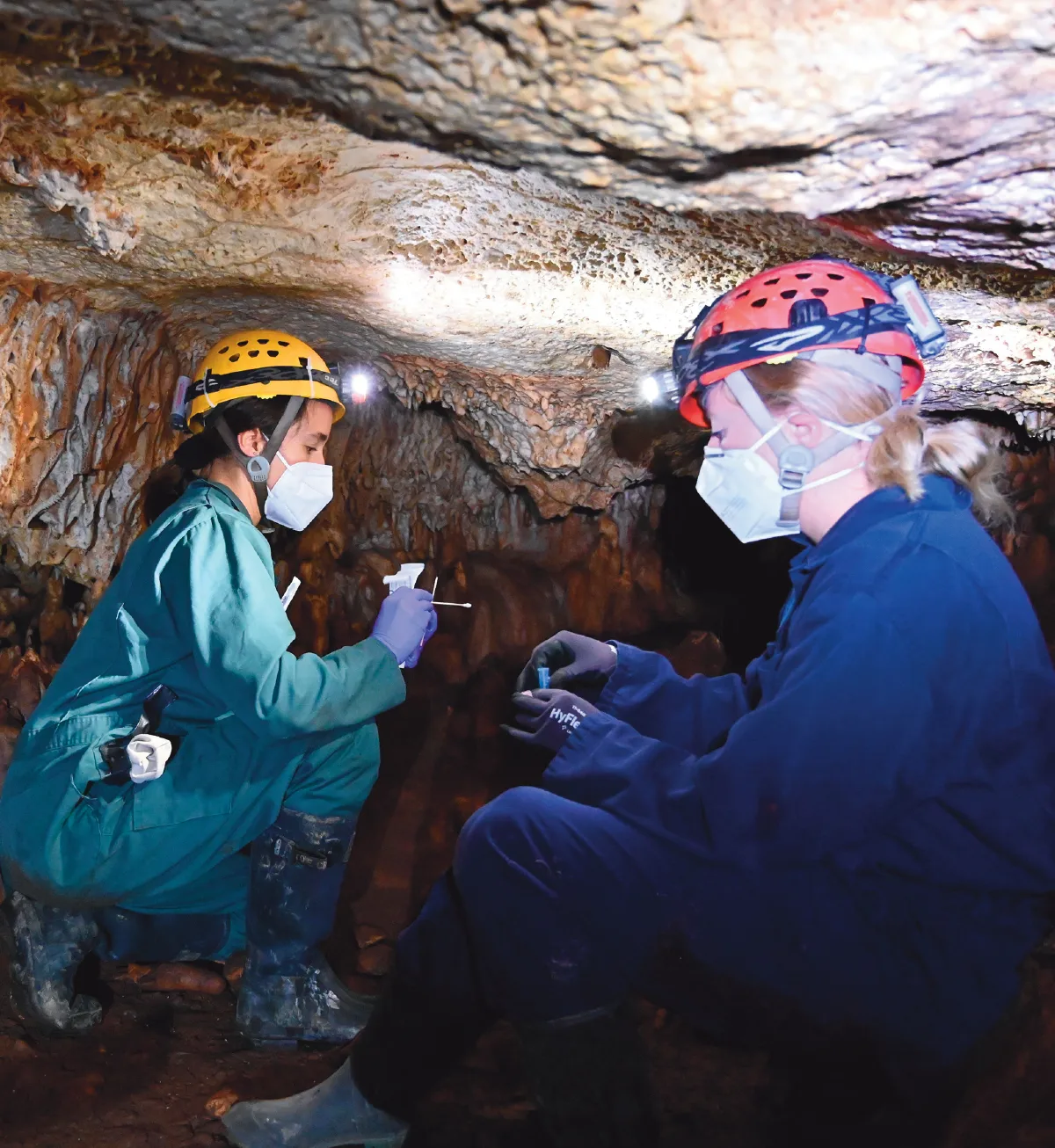

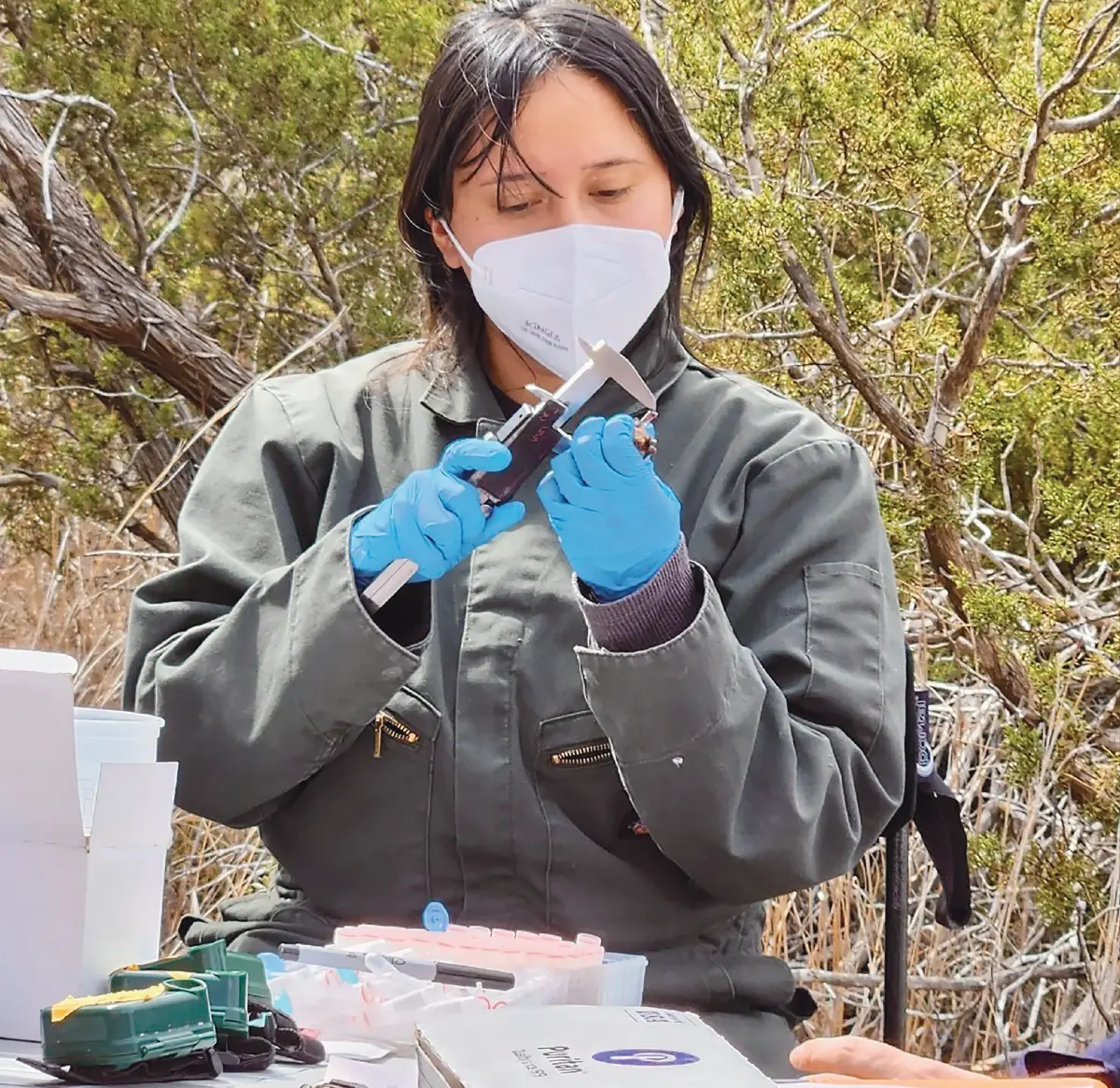
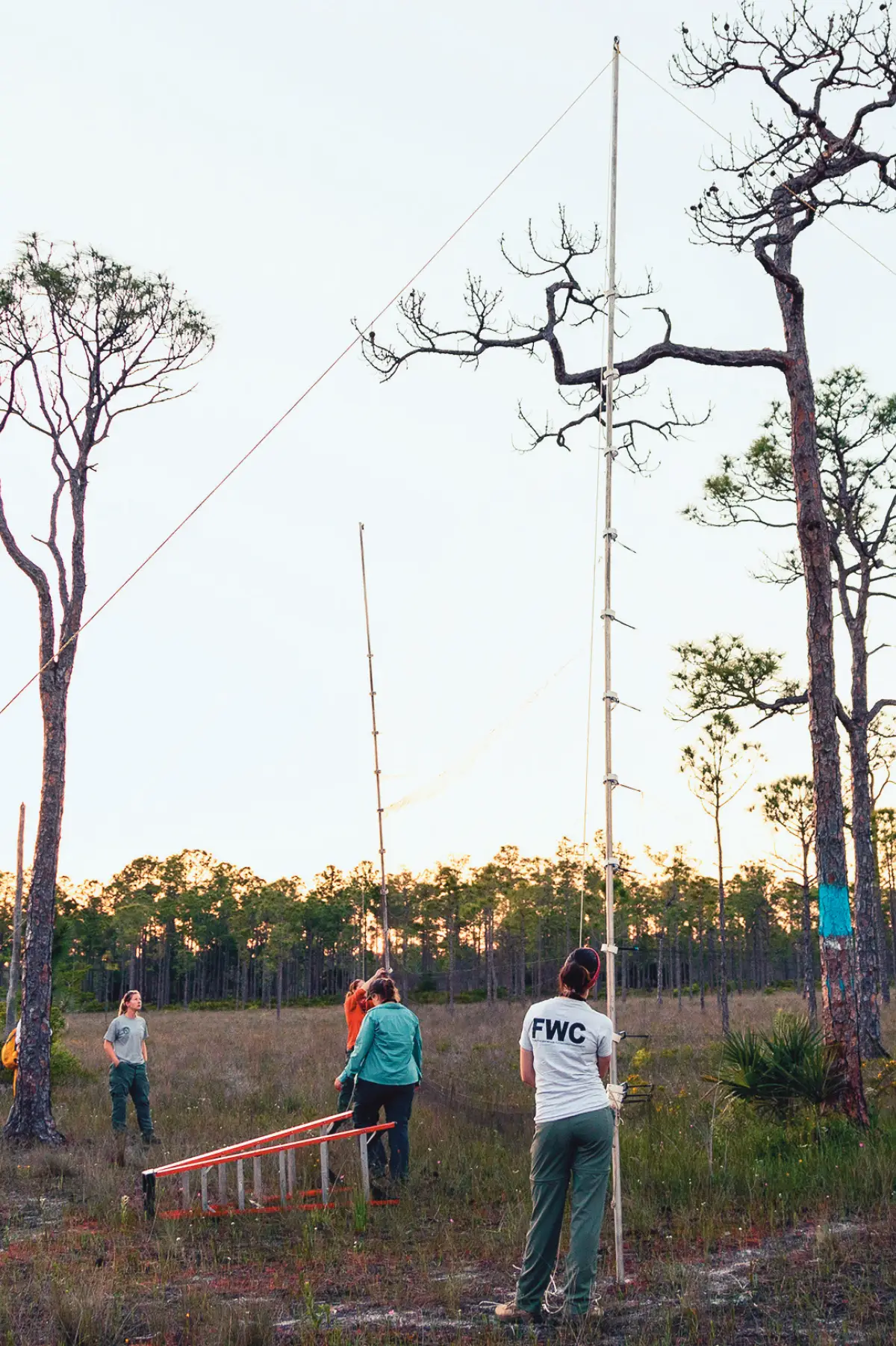


Show Me the Impact



Show Me the Impact

hen bat scientists want to find the best ways to save bats, looking at previous research is a great way to start. Seeking out what is referred to as “Conservation Evidence” is how researchers can see what we already know, how effective interventions are, and what research gaps are left to fill.
A perusal of the University of Cambridge’s Conservation Evidence website database shows 200 potential actions related to bat conservation. For each of these actions, the Conservation Evidence database compiles and summarizes published scientific studies that measure the effectiveness of each action. The consistency of results and number of studies on an action are then used to rank each action by the evidence. For example, increasing the wind speed at which wind turbine blades begin to spin has a dozen studies with consistent results showing this works to reduce bat fatalities, so it is ranked as “beneficial.” In contrast, using ultrasound to deter bats from wind turbines has only four studies with mixed results, resulting in a rank of “unknown effectiveness.” Other actions, such as installing bat gantries or bat bridges to help bats cross roads and railways, were found unlikely to be beneficial, with three studies providing information. When no studies have been published on a particular action, the database marks these as “no evidence found.“
 Feature: Saildrone
Feature: SaildroneCharting Bat Migration Along the Pacific Coast
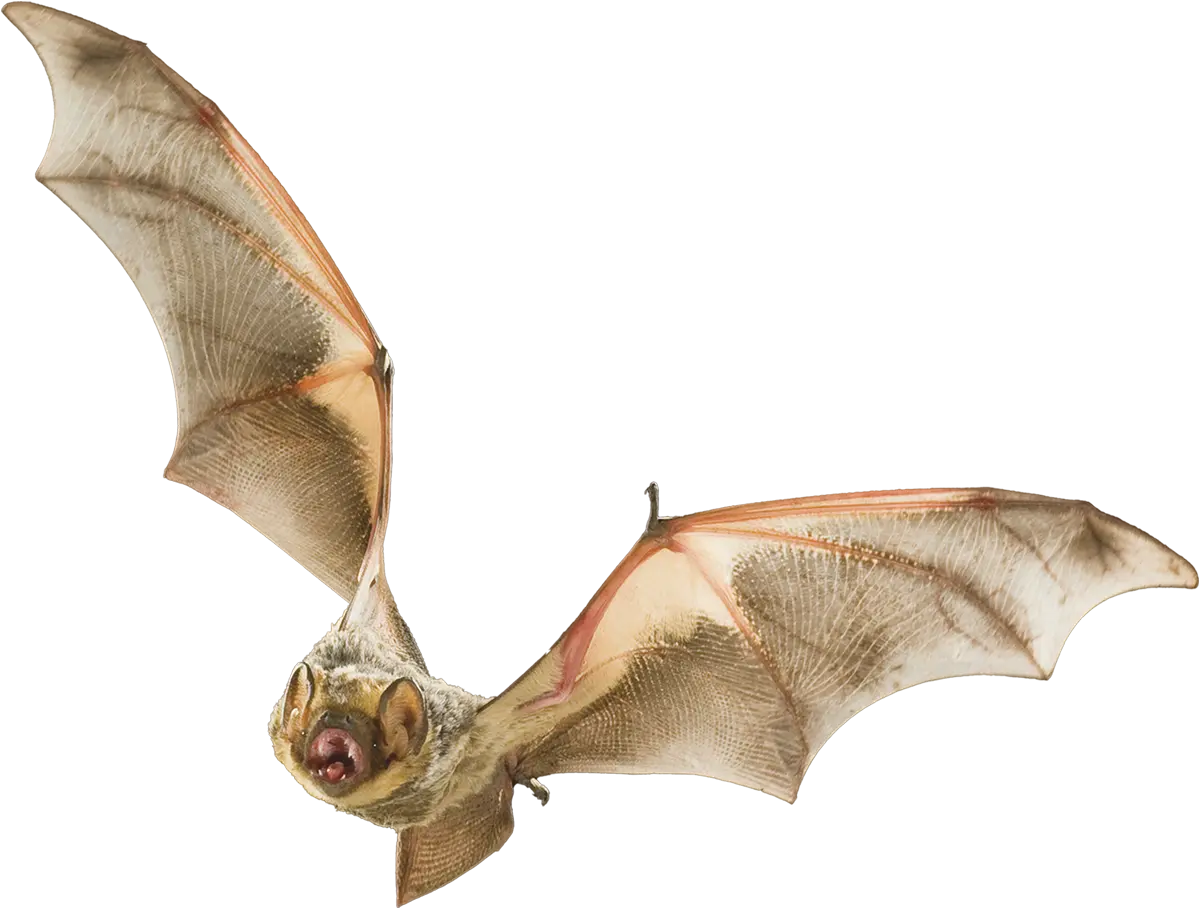

Partnership with Saildrone collects bat data using innovative technology
By Kristen Pope
 BCI and partners mounted a bat detector on a Saildrone autonomous vehicle and launched it near Northern California’s Farallon Islands in August 2023. Sailing offshore, the drone collected bat echolocation data for over a month.
BCI and partners mounted a bat detector on a Saildrone autonomous vehicle and launched it near Northern California’s Farallon Islands in August 2023. Sailing offshore, the drone collected bat echolocation data for over a month.ear Northern California’s Farallon Islands, a hoary bat (Lasiurus cinereus) swooped low over the ocean and emitted an echolocation call. While no humans were nearby to hear it, a bat detector mounted on a Saildrone Explorer autonomous research vehicle recorded the sound, one of hundreds of data points BCI recently collected in a pilot project to assess the viability of collecting bat data offshore using these devices.
In September and early October 2023, the Saildrone-mounted detector recorded more than 800 bat echolocation calls during a collaborative project involving BCI, the U.S. Geological Survey (USGS), Electric Power Research Institute (EPRI), and other partners. The researchers wanted to learn more about how many bats fly off California’s coast, especially in areas that may see wind turbine technology development, which is responsible for hundreds of thousands of bat fatalities a year on land.


Mentor Program Builds Capacity for Conservation Success

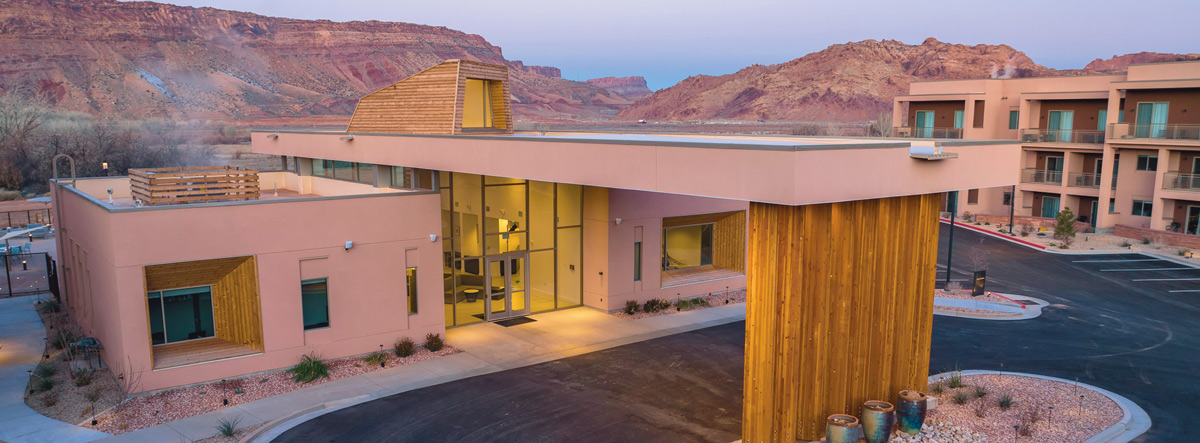
Bats Welcome Here
Although the more than a dozen species of bats that call Moab home play an essential role in the area’s ecosystem, they initially weren’t welcomed as part of the landscape at The Moab Resort, WorldMark Associate. However, the resort’s maintenance manager, the late John Thomas, set out to change that.

From the Mountains of Cameroon to the Labs of Chicago
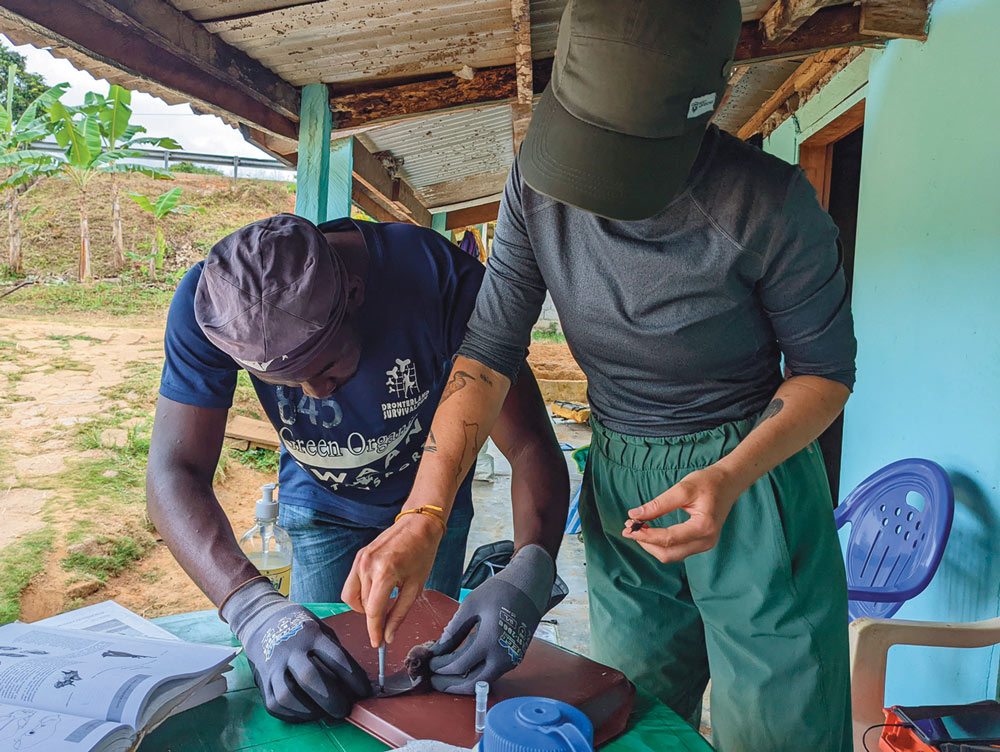
When she returned to Oregon, Grunwald began raising funds to conduct a biodiversity survey, intending to involve as many Cameroonian students as possible in her Ph.D. research. After connecting with Cameroon’s top bat biologist—Eric Moise Bakwo Fils, Ph.D.—she was introduced to Franck Meyo, who was equally enthusiastic about bats. Meyo had just completed his master’s degree at the University of Douala and is now working towards his doctorate at the same institution.
fieldnotes

Artists Create Bat Murals in New Mexico
n New Mexico, artists picked up their paints and brought their nature visions to life on a grand scale, creating murals featuring Endangered nectar-feeding bats. In honor of the 50th anniversary of the Endangered Species Act, BCI supported two New Mexico mural projects depicting these incredible bats and other Endangered wildlife. BCI assisted with funding and providing images of bats and agaves for artists to reference.
Chelenzo Farms is located outside of the city of Santa Fe in the high mountain desert of Cerrillos, New Mexico. Lorenzo Dominguez and Dr. Chelsea Hollander own the regenerative farm and hacienda, and they sought support from Mexican muralist HOKZYN to create a mural depicting Mayáhuel, Aztec goddess of maguey, the Nahuatl name for the sacred agave plant, surrounded by two Mexican long-nosed bats (Leptonycteris nivalis) pollinating the agave flowers. The artwork was revealed last summer at a sunset grand opening, which brought the community together to celebrate the mural and the conservation of wildlife species.
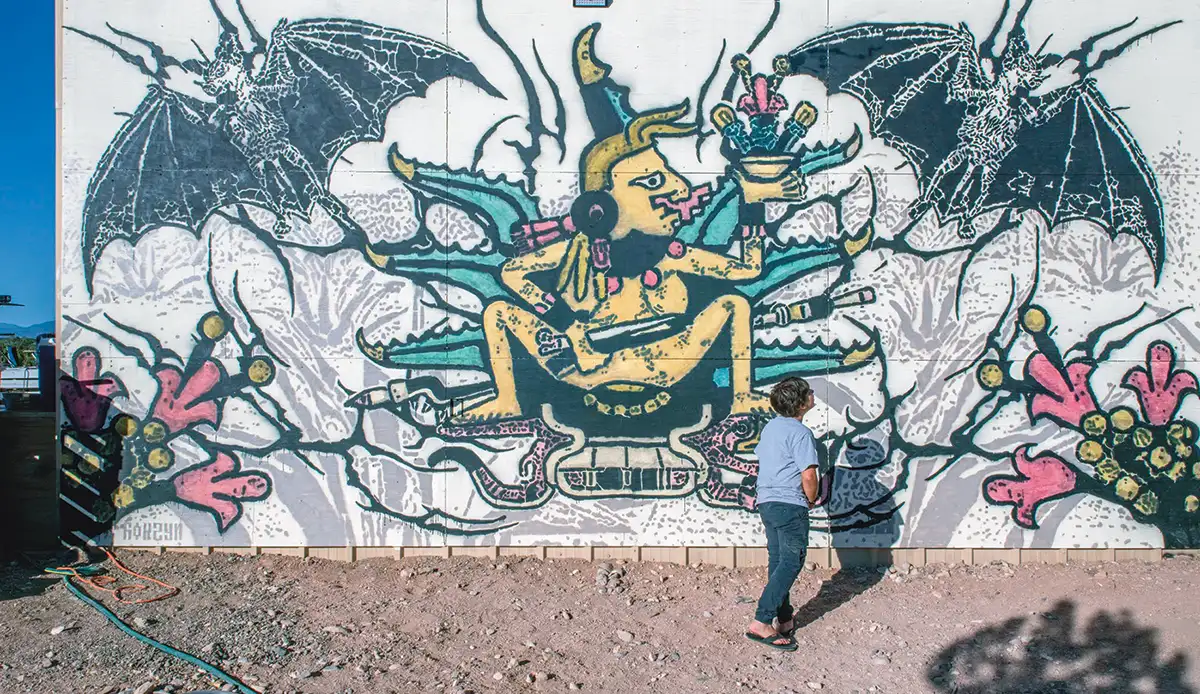

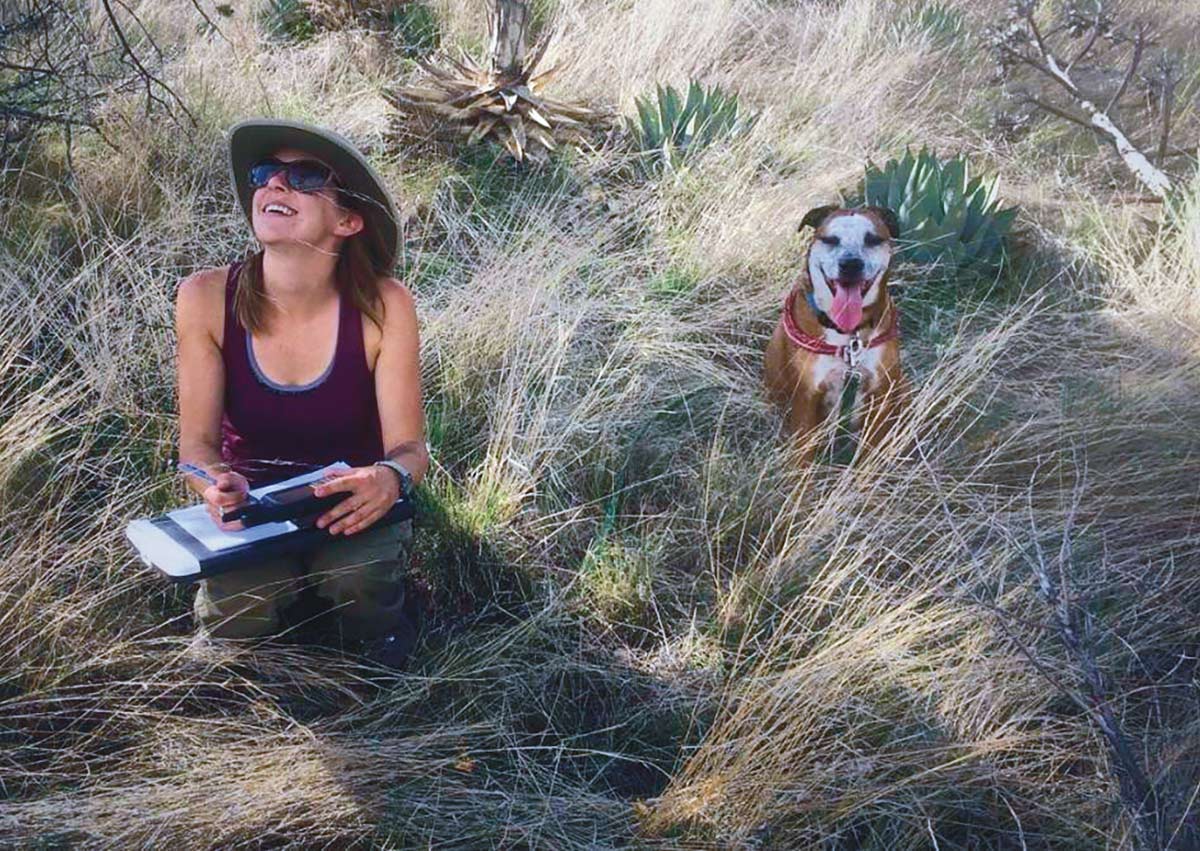
Restoring Agave to Save Bats
CI’s Agave Restoration Coordinator, Rachel Burke, collaborates with stakeholders to lead United States-based agave restoration work. Before joining BCI in November 2023, Burke worked in wildlife habitat conservation for state and federal agencies, including the Bureau of Land Management (BLM) and the U.S. Forest Service. Her graduate thesis work at New Mexico State University focused on building models of bat habitat and seasonal nectar availability in bat migration corridors. Now, her work at BCI focuses on the same nectar bats.
What is a typical day like for you as Agave Restoration Coordinator?

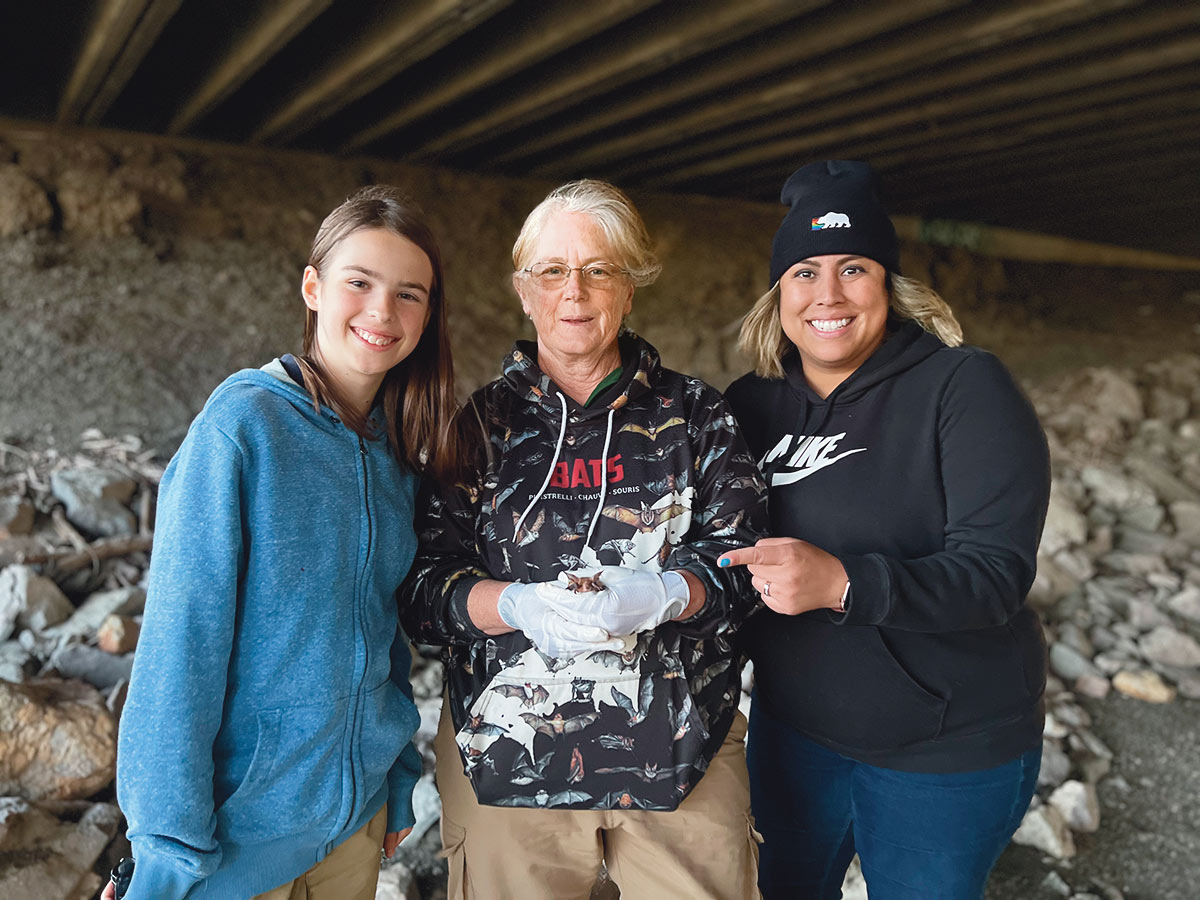
Teen Lobbies for State Bat
aomi d’Alessio has always loved bats, and she’s had more experience with bats than most adults. She attended a bat conservation and ecology class at San Francisco State University’s Sierra Nevada Field Campus as an observer, and enjoyed it so much that she got her rabies vaccine so she could take the class again as a hands-on participant, handling pallid bats (Antrozous pallidus).
Using mist nets to capture bats, see them up close, record data, and then release them, was thrilling for d’Alessio, who is in 7th grade. She loved the opportunity to see them up close. “In your hands, you see just how small they are,” she says. “That was definitely a surprise.”






